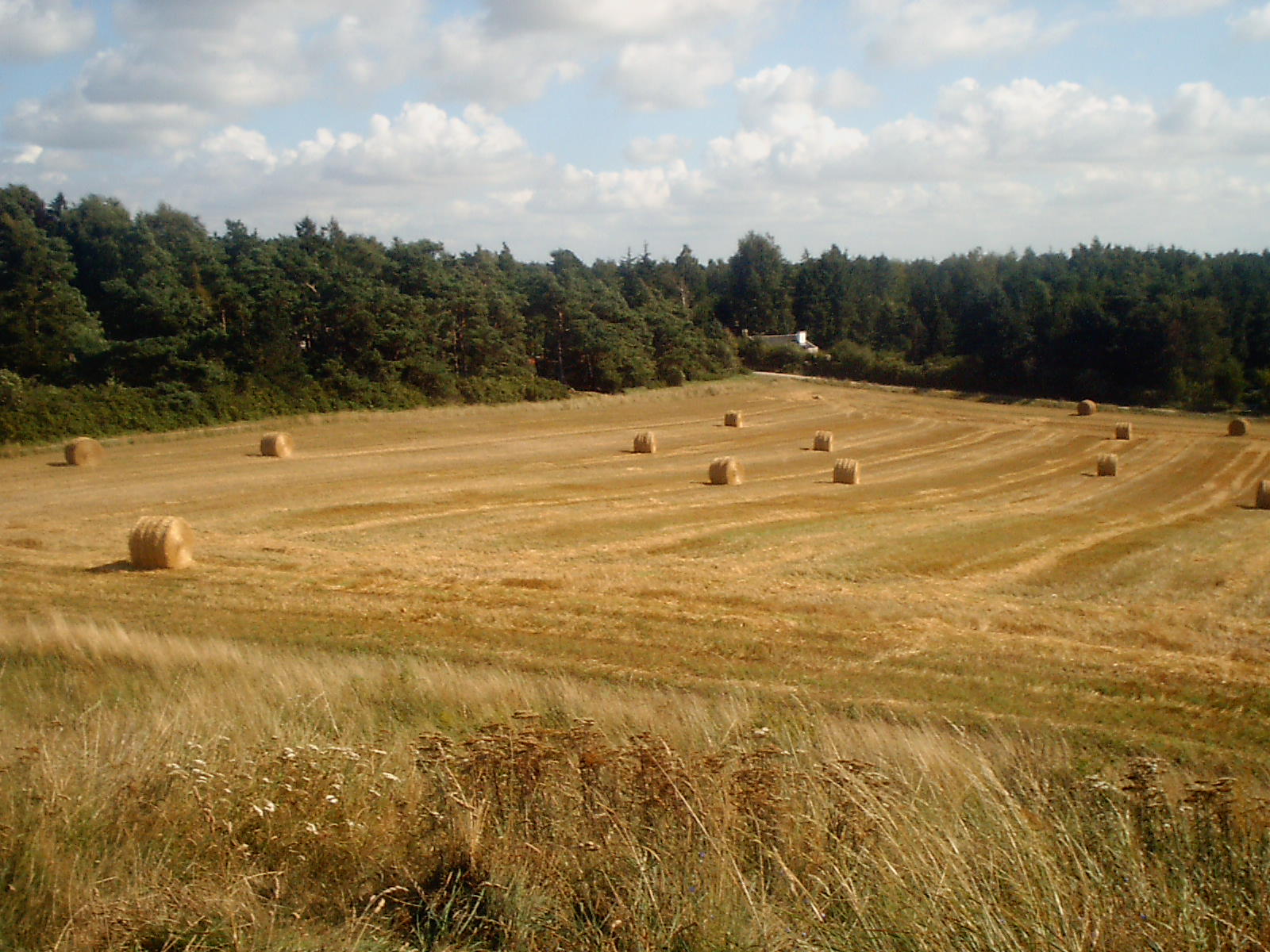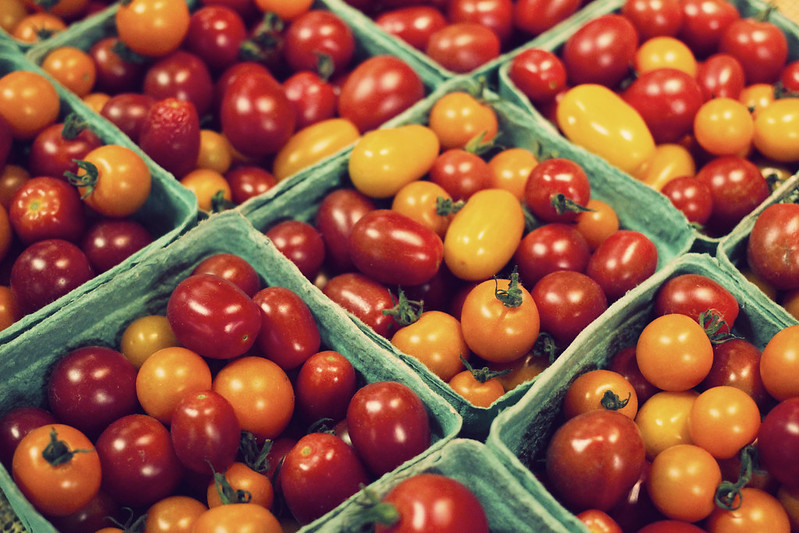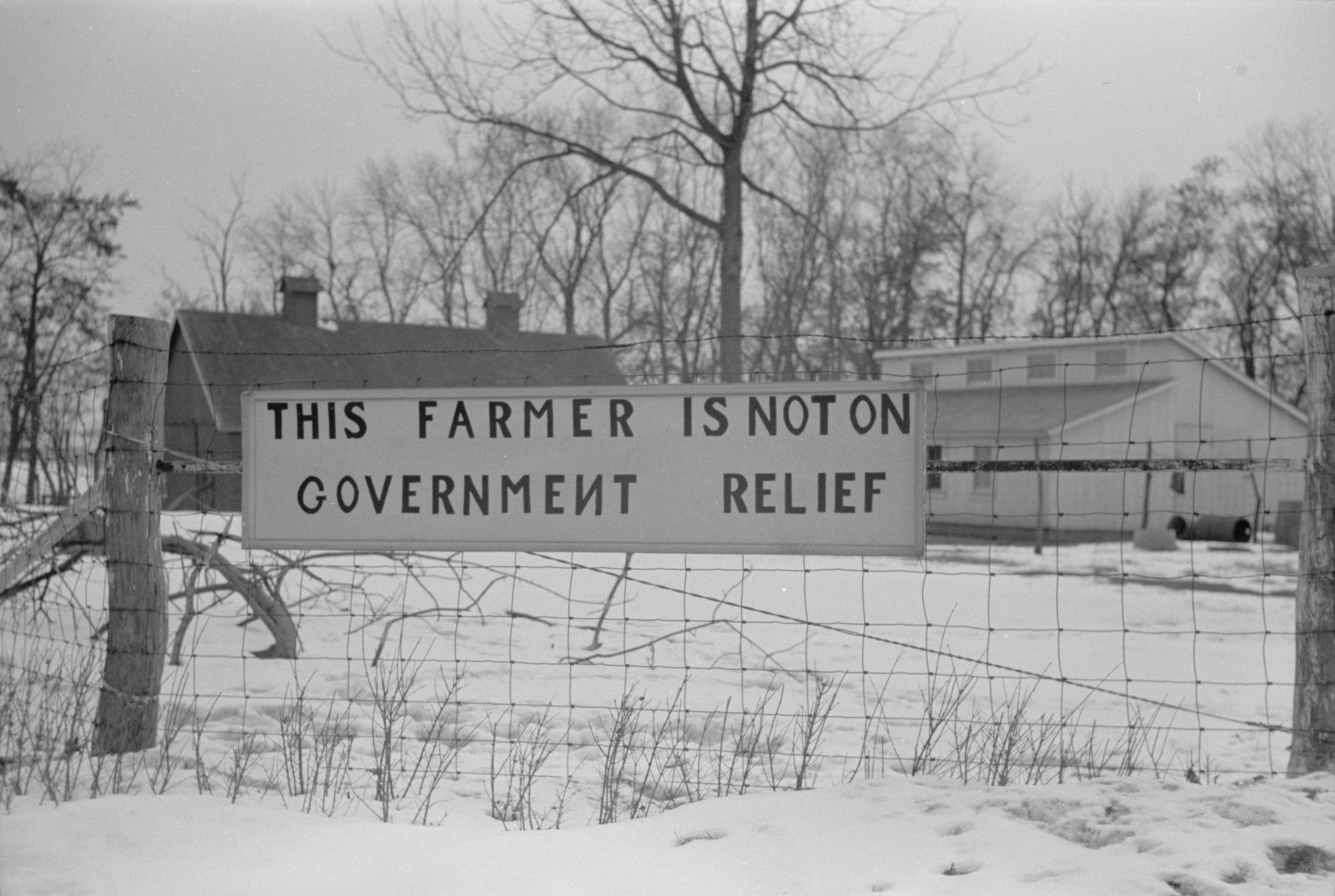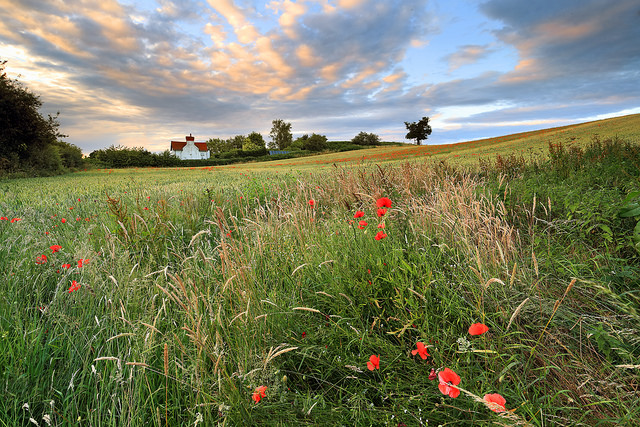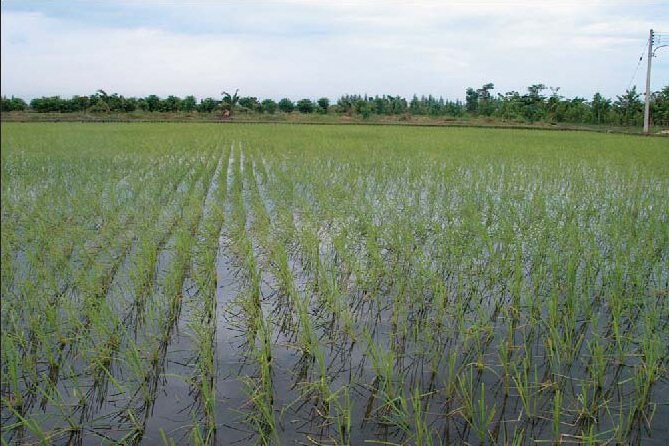Farming protests are currently taking place in several European countries. Several reasons are advanced for what is prompting these demonstrations – concerns over incomes and rising costs, the burden of additional environmental regulation, free trade agreements with third countries, the uncertainty arising from increasingly volatile weather conditions, the sense that society no longer values the work of farmers in the same way as in the past. No doubt all factors play some role, but in this post I want to dissect the farm income context. I make use of a chart that I posted on my X and LinkedIn feeds a little time ago, but a blog post allows me to give some additional background.… Read the rest
2022: a record year for farm income
2022 was a challenging year for farming in the EU. Buffeted by weather extremes, disease outbreaks and rising input costs due partly to the lifting of COVID-19 restrictions but particularly following the Russian invasion of Ukraine in February, there was a sharp drop in agricultural production. Yet despite the predictions of doom and gloom, 2022 was a record year for EU farm income.
We had effectively the converse situation to the farmer in Shakespeare’s Macbeth who ‘hanged himself on the expectation of plenty’. Shakespeare’s farmer had hoarded grain in order to sell it later, when prices went up. But when prices went down instead due to a good harvest, he goes bankrupt and hangs himself in despair.… Read the rest
Farm and non-farm income comparisons
One of the objectives for EU agricultural policy set out in the Treaty of Rome (now the Lisbon Treaty) is to ensure a fair standard of living for the agricultural community, in particular by increasing the individual earnings of persons engaged in agriculture. In its Communication The Future of Food and Farming in November 2017 that launched the public consultation phase of the current CAP reform, the Commission included a graph comparing average farmer income with average gross wages and salaries in the total economy to make the point that farmers’ income is still lagging behind salaries in the whole economy.… Read the rest
Financing emergency aid to address market disruption due to COVID-19
There has been strong pressure on Commissioner Wojciechowski to get the Commission to do more to protect farmers and agricultural markets from the adverse effects of the lock-down responses to the coronavirus pandemic.
The Commissioner has argued that there is no funding available for these measures in the EU budget. In this post, I assess the funding that may be available to the Commissioner. I conclude that available funding is limited but not exhausted. It now seems time to make use of the crisis reserve that was put in place for exactly this eventuality as well as unused margins under the European Agricultural Guarantee Fund (EAGF) in the EU budget.… Read the rest
Measuring farmers’ dependence on public payments
There is considerable interest in the amount of support that farmers in the EU receive through public payments. The Commission in its MFF proposal in May 2018 proposed a reduction in the CAP budget (partially offset by increased co-financing contributions from Member States). Member States in the AGRIFISH Council and farm unions as well as the European Parliament have pushed back against this reduction.
A French Memorandum presented to the June 2018 meeting of the AGRIFISH Council asserts that “this decrease on both pillars would undoubtedly threaten the viability of European farms, the income of farmers and their ability to meet the citizen requirements for a healthy, sustainable, affordable and quality food as well as protection of environment and adaptation to climate change”.… Read the rest
EU farm incomes in 2017
Eurostat has produced its first estimate of agricultural income in 2017, and it makes interesting reading. Both real agricultural income per Annual Work Unit (called indicator A in Eurostat terminology) as well as real agricultural entrepreneurial income per unpaid Annual Work Unit (Indicator B in Eurostat terminology) reached record levels (see chart below). This is surely something to be welcomed, even if COPA-COGECA did not issue a press release to draw attention to this fact. Across the EU as a whole, income from farming when divided among those working in the industry is in a robust state, even if the regular grumbling from industry representatives sometimes gives the opposite impression.… Read the rest
EU farm incomes in 2016
It is frequently asserted in Brussels agricultural policy discussions that European farmers over the past few years are barely surviving, buffeted by unprecedented price collapses, the unwillingness of supermarkets to pay decent prices, the closure of external markets and tightening regulations. Commissioner Hogan spent much of the first half of his term of office bringing forward one emergency financial package after the other as taxpayers pumped more money into a sector supposedly on its last legs.
This picture of an industry in crisis is naturally promoted by the well-oiled publicity machine maintained by the farm lobbies in Brussels and national capitals.… Read the rest
Why further reform of the CAP is needed now
Yesterday I took part in a meeting at the European Parliament under the heading “CAP – Out of the box thinking‘ jointly organised by the RISE Foundation and the European Landowners’ Association. The event was part of the preparation for a report by the RISE Foundation under the leadership of Professor Allan Buckwell aiming to provide ideas for the CAP post 2020. My contribution was to argue that further reform of the CAP is needed now. Below is a slightly edited transcript of my remarks.
… Read the restReform of the Common Agricultural Policy has been ongoing since the seminal McSharry reforms in 1992.
When is enough taxpayer aid enough?
The article below was published in the Irish Farming Independent on Tuesday 17 May (the original article can be read by clicking on this link and choosing the ‘Continue to use Press Display’ option). The article addresses the high dependence of Irish agriculture on public support, but the question I raise has, I think, wider relevance for other EU member states as well. With expectations growing that the June Agricultural Council may announce yet another aid package for the agricultural sector, my question is whether there is a vision for European (and not only Irish) agriculture in which this heavy dependence on public support for income in the sector can be reduced.… Read the rest
The dependence of EU farm income on public support
In spite of the substantial reforms in the structure of the CAP over the past two decades, EU agriculture remains hugely dependent on public support. The importance of public transfers, including direct payments, to EU farmers can be shown in various ways. One indicator is the importance of direct payments relative to the value of total output in the total revenue of farms (used by DG AGRI in this report on EU farm income). We can also focus more directly on the role that public transfers play in sustaining farm income. Here, there are two possibilities depending on the definition used for farm income – whether this is taken as factor income or entrepreneurial income (using the definitions in the Eurostat Economic Accounts for Agriculture, EAA).… Read the rest


